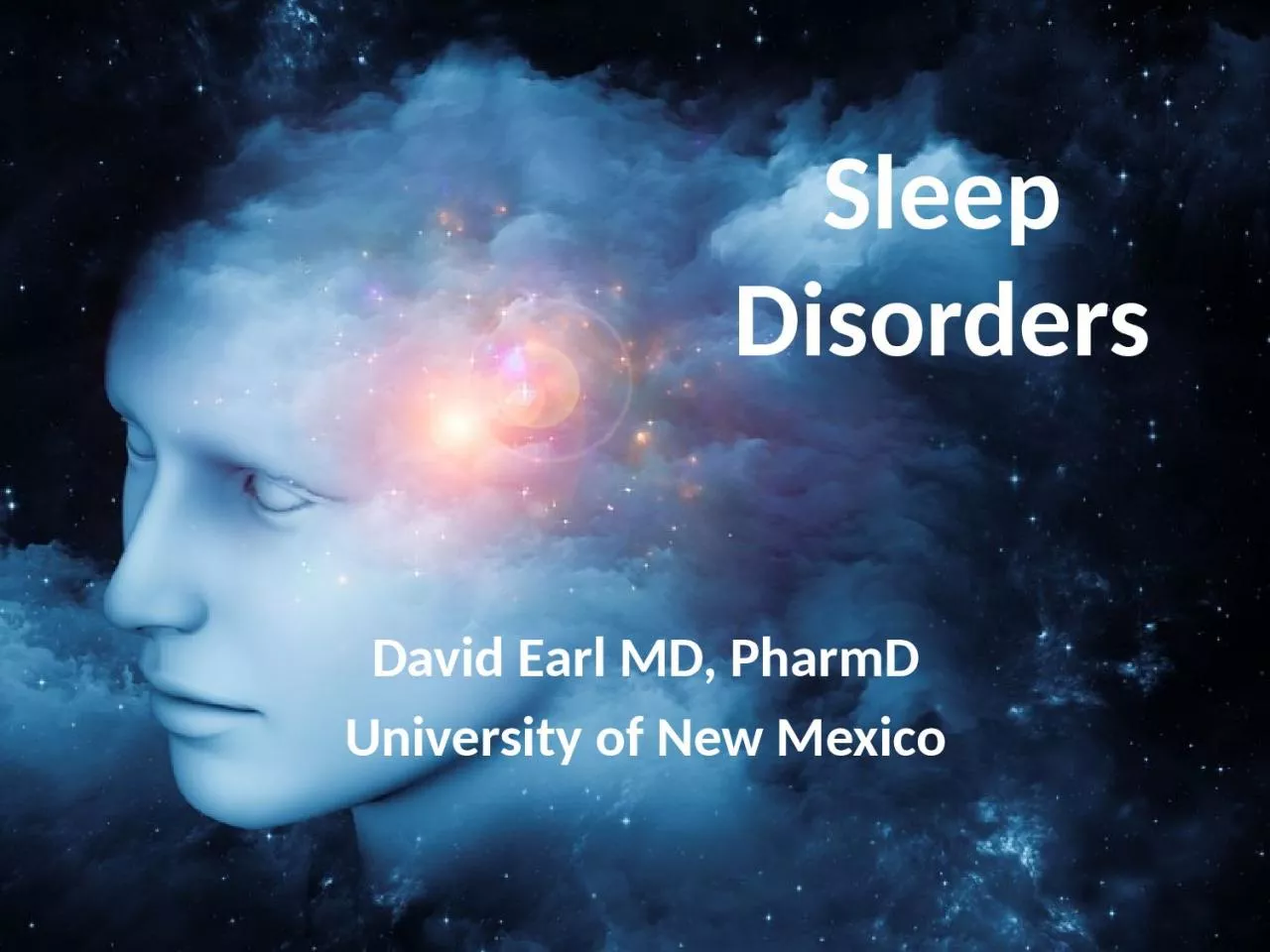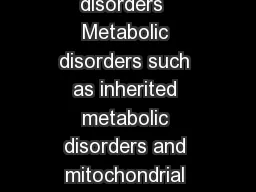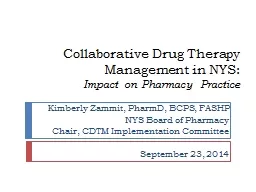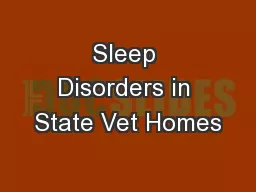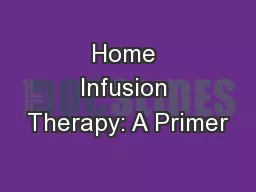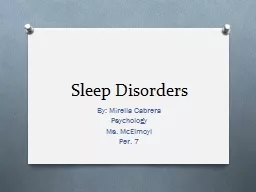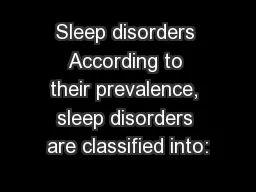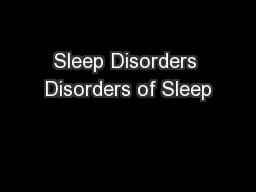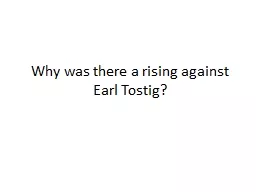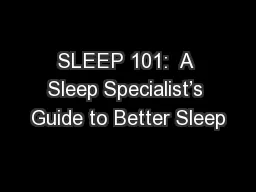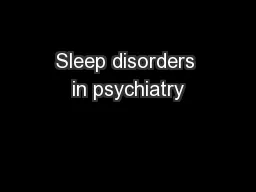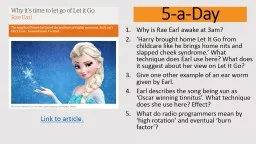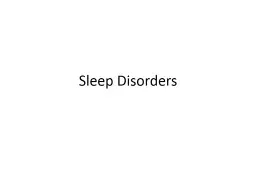PPT-Sleep Disorders David Earl MD, PharmD
Author : teresa | Published Date : 2024-01-03
University of New Mexico Objectives Learn about normal sleep Describe common sleep related disorders insomnia sleep apnea sleep terrors nightmare disorder RLS
Presentation Embed Code
Download Presentation
Download Presentation The PPT/PDF document "Sleep Disorders David Earl MD, PharmD" is the property of its rightful owner. Permission is granted to download and print the materials on this website for personal, non-commercial use only, and to display it on your personal computer provided you do not modify the materials and that you retain all copyright notices contained in the materials. By downloading content from our website, you accept the terms of this agreement.
Sleep Disorders David Earl MD, PharmD: Transcript
Download Rules Of Document
"Sleep Disorders David Earl MD, PharmD"The content belongs to its owner. You may download and print it for personal use, without modification, and keep all copyright notices. By downloading, you agree to these terms.
Related Documents

